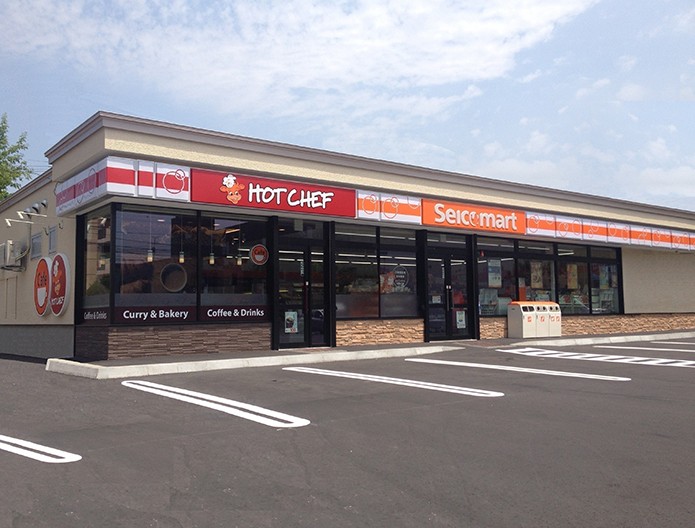
“Convenience stores nab customers from restaurants”, read the headline in the Nikkei Marketing Journal (11 December). Seicomart Co. Ltd., the largest convenience store chain in Hokkaido, with 1,075 outlets (compared to 7-Eleven’s 931 and Lawson’s 625), announced that the firm plans to introduce outlets with a new design that offer customers triple the amount of space on the premises for consuming boxed meals and other food on sale there. About 70% of Seicomart shops are owned by the firm, while some 30% are franchises.
The firm plans to have a Hot Chef facility in 900 of its outlets within the next five years. Seicomart’s strategy, according to Chairman Akihiko Akao, is not to compete with rival 7-Eleven, but to challenge ailing fast-food giant McDonald’s.
The ratio of convenience stores to head of population in Hokkaido is considerably higher than the national average. It is estimated that to maintain daily sales turnover of ¥400,000, a customer base of about 1,500 per store is required, which means the most the prefecture can accommodate will be around 3,600 shops.
Unlike the shops that merely provide hot water and microwave ovens for customers, Hot Chef, as a separate brand, will feature in-house food preparation facilities and staff on the premises.
The trend appears to be that more convenience stores will be evolving into mini self-service restaurants, which has caused two questions to be raised. With the government mulling retention of the current 8% rate of consumption tax for sales of certain food items, but applying a higher 10% tax rate (from April 2017) for prepared foods at restaurants, how will foods packaged for take-away but consumed on store premises be taxed? And, how will that 2% difference impact the food and beverage industry?